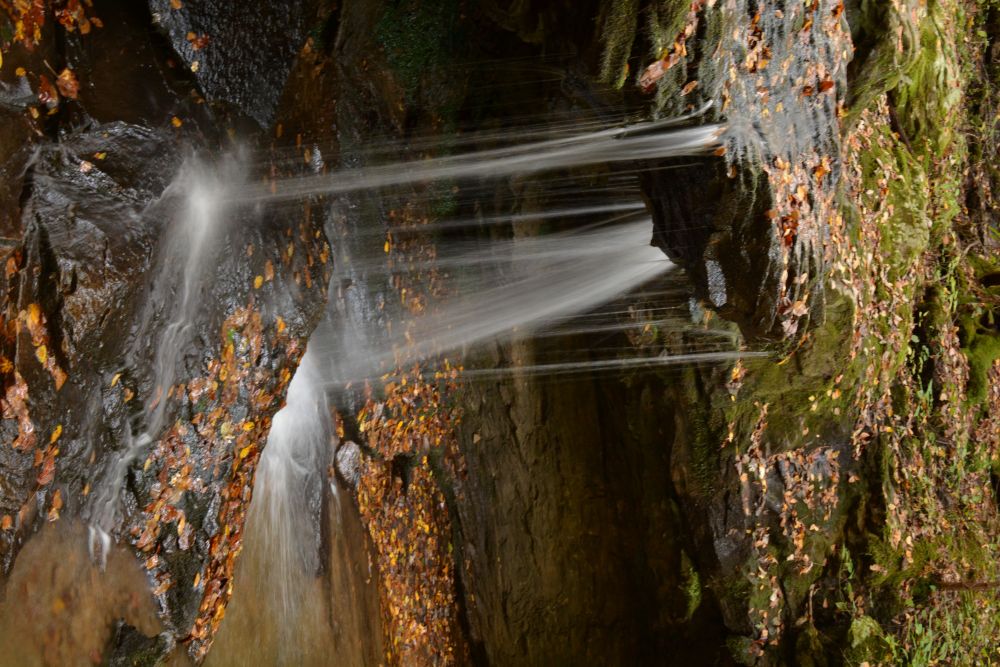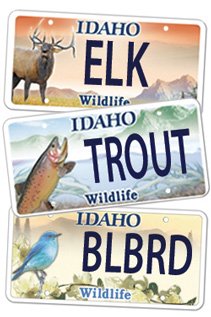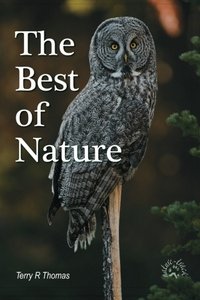Water Part 1

Water, water, everywhere, but how much should I drink?
When I was a kid, a visit to my grandfather’s farm in Springville, Utah, was always a treat. Grandpa could be a bit crotchety, but the farm was a fun place and Grandma always made fudge-covered popcorn, a special treat I have never mastered. One thing about the farm was the neighbor’s place next door. Abandoned after the neighbor passed away, it had one thing going for it—a well, complete with hand crank and bucket. Grandpa always insisted that the well water was far superior to the city water in his pipes and a jug of it was always cooling in the refrigerator. He even insisted on well water in the hospital while he lay dying of cancer.
Fast forward to last Friday and Saturday. The water in my cabin in Island Park is not nearly as sweet as the water from that well my grandfather loved. Like much of the water in Island Park, if it isn’t treated in some way, visitors might get ill (we are apparently used to it). After family members suffered from a stomach bug on several occasions, we installed a UV system that treats the water and sterilizes any nasty little bugs. However, the system does require maintenance which includes cleaning a clear quartz tube and re-installing it. Or trying to reinstall it. This one resisted my efforts to the point where we spent Friday night without water. Facing another waterless night and the potential of going to church unwashed, I spent Saturday racing from Island Park to Rexburg and visiting four hardware stores where I purchased every O-ring I could find that was even remotely close to the size of the original ones. They didn’t work either. In a final attempt, I put a little silicone grease on the original O-rings and tried one last time. Yippee! They held and we were back to washing clothes, dishes and bodies and had toilets that would flush.
I suppose I am just as guilty as many in not truly appreciating the wonder of clean running water, INSIDE my house. I take water for granted, I take indoor plumbing for granted, I take water pressure for granted. Yet without water, I would live about three days. Three days! And I take water for granted?
Just what is water? Simply put, it is a clear, odorless, and tasteless compound that is a liquid at room temperature. A water molecule contains two hydrogen atoms and one oxygen atoms for the chemical formula of H2O. Both hydrogen and oxygen are gases at room temperature. About 71 percent of the Earth's surface is water-covered, and the oceans hold about 96.5 percent of all Earth's water.
Our bodies contain, on average, 60 percent water. That makes it easy to understand why we don’t last long without water. And it brings up the point—how much water should we drink? The standard answer has been, eight glasses of water a day (a glass being defined as one cup, which equals about half a gallon a day). However, there is no scientific evidence to support that claim. None. At one point, medical professionals and nutritionists were on this bandwagon and proclaimed that this had to be water, not other sources of moisture. They have now backed off on this and accept that coffee, soda, fruits, vegetables and other sources all provide water. So, my beloved diet Mountain Dew, of which I consume copious amounts, is water, from that perspective (I’ve been waiting a long time to say that). No one knows just how much “water” one should drink daily and the current thinking is to let your thirst be your guide.
There is a lot more to water and its properties that make this world a livable place. More on that next time.
Help Idaho Wildlife
When we traveled across the state in October 2017, we visited most of the Idaho Department of Fish and Game wildlife management areas. Most of the vehicles we saw using the wildlife management areas did not have wildlife plates. Buying wildlife plates is a great way for non-hunters and hunters alike to support wildlife-based recreation like birding.
C'mon folks, let's help Idaho's wildlife by proudly buying and displaying a wildlife license plate on each of our vehicles!
See below for information on Idaho plates. Most states have wildlife plates so if you live outside Idaho, check with your state's wildlife department or vehicle licensing division for availability of state wildlife plates where you live.
And tell them that you heard about it from Nature-track.com!

Wildlife License Plates
Great news! as of 2024, there are three NEW designs for license plates. They still are bluebird, cutthroat trout and elk, but they are beautiful.
Idaho Wildlife license plates provide essential funding that benefits the great diversity of native plants and wildlife that are not hunted, fished or trapped—over 10,000 species or 98% of Idaho’s species diversity. Game species that share the same habitats (such as elk, deer, antelope, sage-grouse, salmon, trout) also benefit from these specialty plates.
No state tax dollars are provided for wildlife diversity, conservation education and recreation programs. Neither are any revenues from the sale of hunting or fishing licenses spent on nongame species. Instead, these species depend on direct donations, federal grants, fundraising initiatives—and the Idaho Wildlife license plates.
Both my vehicles have Bluebird Plates. I prefer the bluebird because the nongame program gets 70 percent of the money from bluebird plates, but only 60 percent of the money from elk and trout plates - 10 percent of the money from elk plates supports wildlife disease monitoring and testing programs (to benefit the livestock industry) and 10 percent from cutthroat plates supports non-motorized boat access.
Incidentally, in 2014, the Idaho Legislature denied the Department of Fish and Game the ability to add new plates or even to change the name of the elk and cutthroat plates (very specific) to wildlife and fish plates, a move that would have allowed for changing images occasionally and generating more revenue. It would seem that they believe that we Idahoans don't want a well funded wildlife program.
I think it is time we let the Legislature know that Idahoan support wildlife funding and that we would like to see these generic plates come to fruition.

"WOW. What a phenomenal piece you wrote. You are amazing." Jennifer Jackson
That is embarrassing, but actually a fairly typical response to my nature essays. Since The Best of Nature is created from the very best of 16 years of these nature essays published weekly in the Idaho Falls Post Register (online readership 70,000), it is a fine read. It covers a wide variety of topics including humorous glimpses of nature, philosophy, natural history, and conservation. Readers praise the style, breadth of subject matter and my ability to communicate complex and emotional topics in a relaxed and understandable manner.
Everyone can find something to love in this book. From teenagers to octogenarians, from the coffee shop to the school room, these nature essays are widely read and enjoyed.
Some of the essays here are my personal favorites, others seemed to strike a chord with readers. Most have an important message or lesson that will resonate with you. They are written with a goal to simultaneously entertain and educate about the wonderful workings of nature. Some will make you laugh out loud and others will bring a tear to the eye and warm your heart.
Readers Write:
"You hit a home run with your article on, Big Questions in Nature. It should be required reading for everyone who has lost touch with nature...great job!" Joe Chapman
"We enjoyed your column, Bloom Where Planted. Some of the best writing yet. The Post Register is fortunate to have your weekly columns." Lou Griffin.
To read more and to order a copy, click here or get the Kindle version
Copies are also available at:
Post Register
Island Park Builders Supply (upstairs)
Barnes and Noble in Idaho Falls
Harriman State Park, Island Park
Museum of Idaho
Valley Books, Jackson Wyoming
Avocet Corner Bookstore, Bear River National Wildlife Refuge, Brigham City, Utah
Craters of the Moon National Monument Bookstore, Arco, Idaho